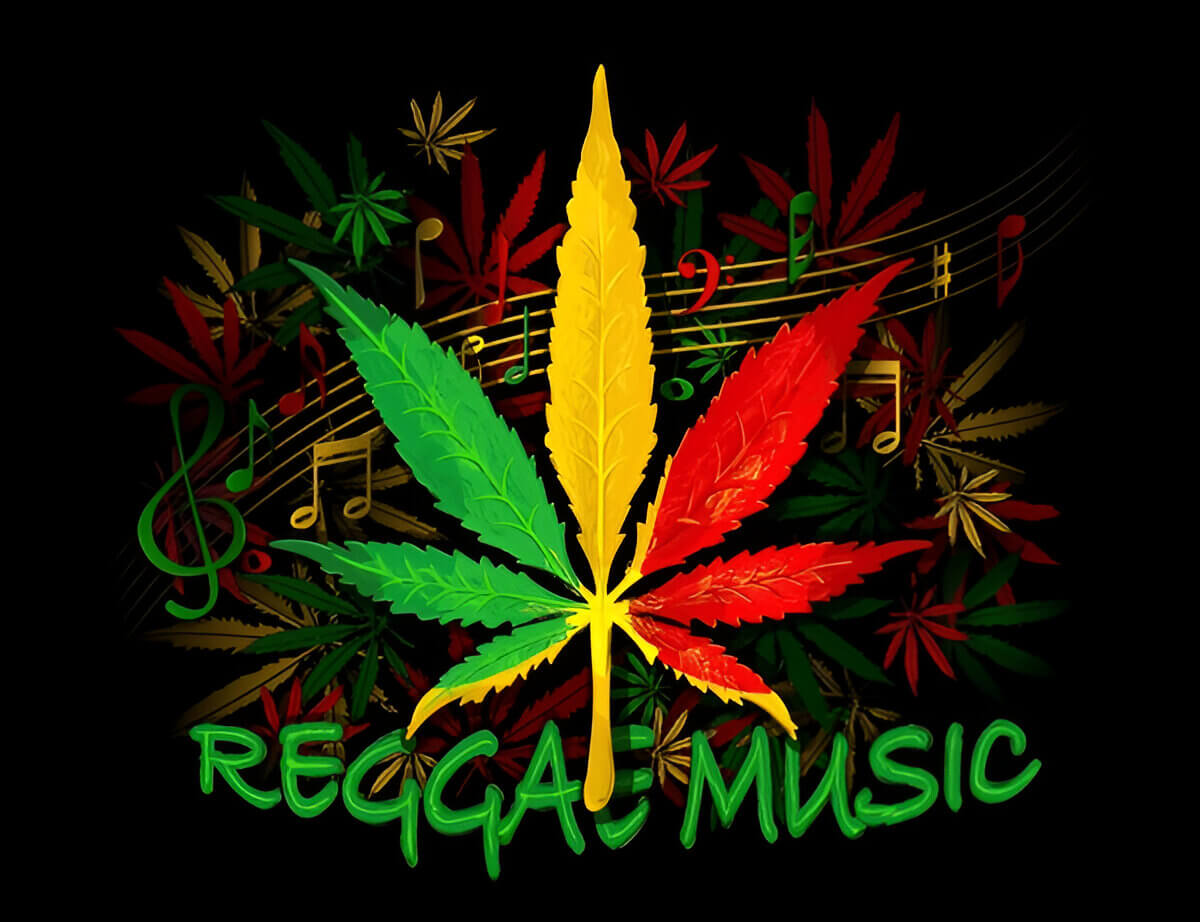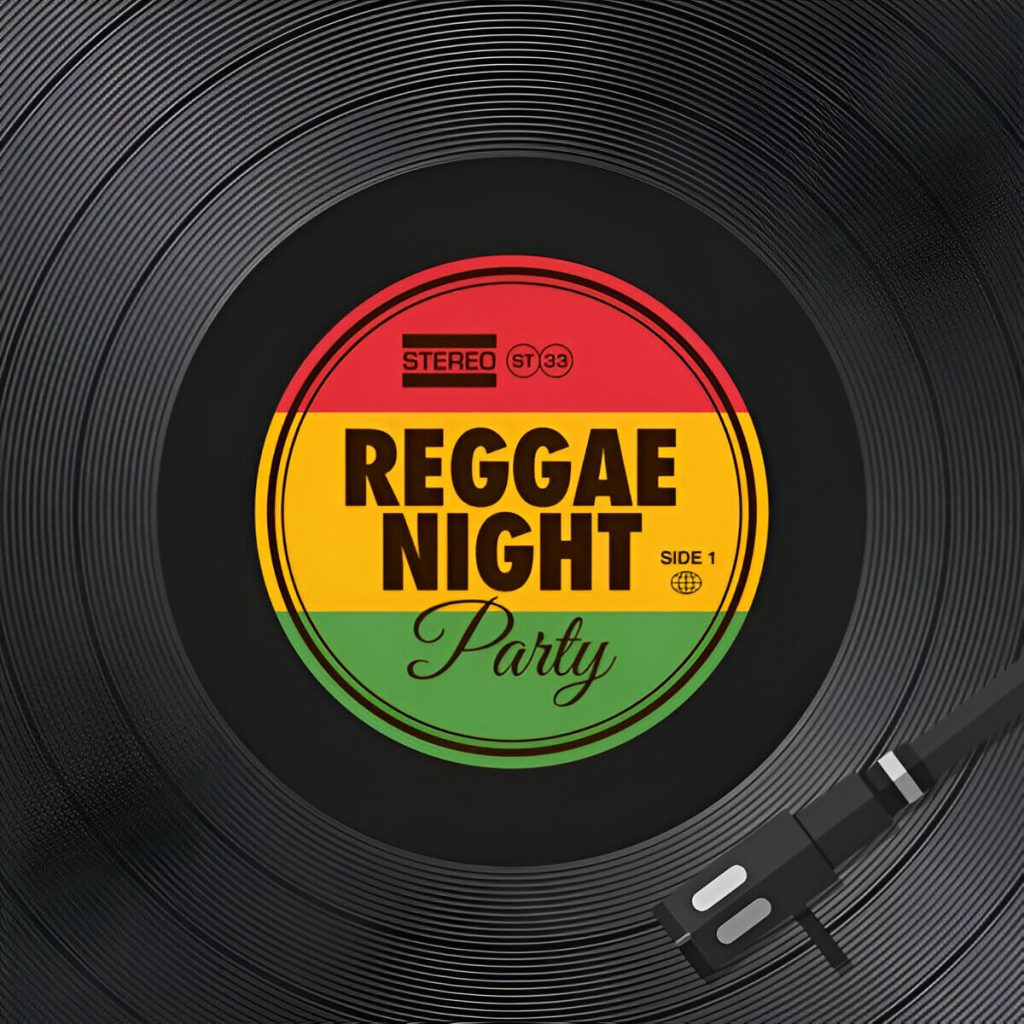
Reggae music, with its distinct rhythms and deep cultural roots, has captivated audiences worldwide since emerging in Jamaica in the late 1960s. It features unique offbeat rhythms, melodic basslines, and a rich mix of instrumental sounds. Renowned for addressing social issues with Rastafarian influences, reggae has evolved to include subgenres like dub, dancehall, and ska. This exploration highlights reggae’s key characteristics and its woven cultural and political messages.
Understanding the Roots of Reggae Music
Reggae music, with its distinctive rhythm and profound cultural impact, traces its origins back to Jamaica in the late 1960s. Emerging from the vibrant tapestry of Jamaican music, reggae was heavily influenced by earlier styles such as ska and rocksteady. The evolution of reggae was not just a musical shift but also a reflection of the social and political landscape of Jamaica at the time.
The history of reggae is deeply intertwined with the island’s colonial past and its journey towards independence. As Jamaica sought to forge a new identity, musicians began experimenting with slower tempos and syncopated rhythms that would become characteristic of reggae. This genre became a voice for the marginalized, addressing themes like oppression, resistance, love, and unity.
Pioneering artists such as Bob Marley, Peter Tosh, and Jimmy Cliff played pivotal roles in bringing reggae to an international audience. Their music carried messages that resonated globally, helping reggae evolve beyond its Jamaican roots into a worldwide phenomenon. Today, reggae continues to influence numerous genres while maintaining its core message of peace and social justice.
Understanding the roots of reggae music offers insight into how this powerful genre has not only shaped musical landscapes but also contributed significantly to cultural dialogues around the world.
The Signature Offbeat Rhythm of Reggae

Reggae music, with its distinctive sound, owes much of its unique charm to its rhythmic patterns. At the heart of this genre is the reggae rhythm, which stands apart from other musical styles due to its offbeat pattern. This offbeat rhythm is primarily characterized by the “skank” guitar rhythm an essential component that defines reggae’s laid-back and syncopated feel. The skank emphasizes the second and fourth beats in a measure, creating a choppy yet smooth groove that invites listeners to sway along.
Another fundamental element of reggae’s rhythmic identity is the “one drop beat.” Unlike typical drumming patterns where emphasis might fall on a downbeat, in reggae, the one drop places emphasis on the third beat of each measure. This technique not only provides a solid foundation but also complements the offbeat guitar strums, enhancing the overall syncopation in reggae.
Syncopation in reggae doesn’t just stop at these elements; it extends throughout various instruments and vocals, creating an intricate tapestry of rhythms that are both complex and accessible. This interplay between different rhythmic components allows reggae to maintain its signature sound while offering endless possibilities for creativity within its structure. Whether you’re a seasoned musician or simply an enthusiastic listener, understanding these rhythmic patterns can deepen your appreciation for this vibrant genre.
Basslines in Reggae
Reggae music is renowned for its deep, resonant basslines that form the backbone of its distinctive sound. The bass guitar in reggae plays a crucial role, creating melodic low-end soundscapes that drive the rhythm and set the groove for each track. Unlike other genres where the bass may take a backseat, in reggae, it stands at the forefront, guiding both musicians and listeners through its rich sonic journey.
Reggae basslines are characterized by their syncopated patterns and emphasis on off-beats, which contribute to the genre’s signature laid-back yet infectious groove. Bassists often employ techniques such as slides and hammer-ons to add fluidity and expressiveness to their playing. This approach not only enhances the melody but also provides a solid foundation for other instruments to build upon.
The art of crafting these deep and melodic soundscapes requires an understanding of how rhythm interacts with harmony. Reggae bassists must be adept at weaving intricate lines that complement both the percussion and vocal elements of a song. By doing so, they create an immersive auditory experience that captures the essence of reggae’s soulful spirit.
Mastering reggae basslines involves more than technical proficiency; it demands an appreciation for the genre’s cultural roots and rhythmic nuances. Whether you’re a seasoned musician or a curious listener, delving into this aspect of reggae offers a deeper appreciation for its timeless appeal and enduring influence on music worldwide.
Key Sounds that Define Reggae Music
Reggae music, with its distinctive rhythm and soul, is defined by a unique blend of instruments that come together to create its signature sound. At the heart of reggae is the drum pattern, which sets the foundation for the genre’s laid-back yet compelling beat. The classic reggae drum patterns often feature a one-drop rhythm, where emphasis is placed on the third beat of each measure. This creates a syncopated feel that is both relaxing and engaging.
The use of percussion in reggae further enhances this rhythmic complexity. Instruments like bongos and congas add layers of texture and depth, creating a rich tapestry of sound that complements the steady pulse of the drums. These percussion elements are crucial in maintaining the groove that makes reggae so infectious.
Keyboards play an equally important role in shaping reggae’s soundscape. Often employing a staccato technique known as ‘skanking,’ keyboardists accentuate off-beats to maintain momentum and energy throughout a track. This adds an element of brightness and bounce that is unmistakably reggae.
Horns also have their place in defining reggae music, providing melodic hooks and harmonies that enrich the overall composition. Whether through trumpet blasts or saxophone riffs, horns deliver dynamic accents that elevate songs to new heights.
Understanding the key sounds that define reggae involves appreciating how each instrument contributes to its unique musical identity from, drums laying down fundamental rhythms to keyboards and horns adding color and flair all working in harmony to create this beloved genre’s unmistakable sound.
Lyrical Themes and Vocal Style in Reggae Music
Reggae music, with its distinctive rhythm and profound cultural roots, offers a rich tapestry of lyrical themes and vocal styles that captivate listeners worldwide. At the heart of reggae lyrics is a deep commitment to social commentary. Many reggae songs address pressing social issues such as poverty, inequality, and injustice, often serving as powerful vehicles for change. The genre’s ability to convey messages of resistance and hope is one reason it resonates so strongly across generations.
A significant influence on reggae lyrics is the Rastafarian movement. Rastafarianism has shaped much of the thematic content in reggae music, infusing it with spiritual depth and a focus on African identity and liberation. This influence is evident in songs that reference biblical texts or promote ideals such as unity, love, and peace.
Vocal delivery in reggae music also plays a crucial role in its impact. Reggae singers often employ a laid-back yet emotive style that complements the genre’s rhythmic flow. This vocal approach allows artists to express complex emotions ranging from joy to protest while maintaining an engaging narrative quality. The combination of meaningful lyrics with distinctive vocal delivery ensures that reggae remains not only musically captivating but also culturally significant.
The Influence of Culture and Politics on Reggae Music
Reggae music, with its distinct rhythm and profound lyrical content, serves as a powerful vehicle for cultural expression and political commentary. Originating from Jamaica in the late 1960s, reggae has since transcended geographical boundaries, leaving a significant cultural impact globally. One of the defining characteristics of reggae music is its ability to convey potent political messages through its songs. Artists like Bob Marley and Peter Tosh used their music to address issues such as social injustice, inequality, and resistance against oppression.
The themes of freedom and unity are prevalent in reggae lyrics, reflecting the genre’s roots in the Rastafarianism movement that emphasizes African heritage and advocates for peace and equality. These themes resonate deeply with audiences worldwide who face similar struggles or aspire for societal change.
As reggae continues to spread across cultures, it not only introduces listeners to Jamaican traditions but also inspires movements for social reform. The global reach of reggae demonstrates how music can be an influential force in uniting people under common ideals of freedom and unity while highlighting the ongoing relevance of its political messages.
Differentiating Subgenres within the World of Reggae Music
Reggae music, with its rich and diverse history, encompasses several distinct subgenres, each offering a unique sound and cultural significance. Understanding the differences between these subgenres, dubbing styles, roots reggae, dancehall, and ska can deepen one’s appreciation for this vibrant musical landscape.
Starting with ska, this genre emerged in Jamaica in the late 1950s. Characterized by its upbeat tempo and offbeat rhythms, ska laid the groundwork for future reggae styles. It often features brass instruments like trumpets and trombones, creating an energetic and danceable sound that reflects the optimism of post-independence Jamaica.
Roots reggae evolved from ska in the late 1960s and early 1970s. It is slower in tempo compared to ska and is deeply intertwined with Rastafarian beliefs. Roots reggae focuses on social issues, spirituality, and African identity, famous by artists like Bob Marley. Its bass-heavy sound serves as a powerful vehicle for conveying messages of peace and resistance.
Dubbing style takes roots reggae further into experimental territory. Originating in the 1970s as producers began to remix existing tracks by emphasizing drum and bass lines while adding echo effects or removing vocals entirely to create “dub versions.” This manipulation of sound created a new listening experience that emphasized rhythm over lyrics.
Dancehall emerged in the late 1970s as a more modern take on reggae music. With faster beats than roots reggae but retaining some elements of dub’s production techniques, dancehall became known for its catchy hooks and focus on DJ-led performances rather than live bands. Lyrics often address contemporary themes such as party culture or social commentary.
Each subgenre within reggae offers something unique: from ska’s lively beats to roots’ profound messages, from dub’s innovative remixes to dancehall’s energetic vibe all contributing richly to global music culture while maintaining their distinctive characteristics.
Embrace the Vibrant World of Reggae by Recognizing Its Unique Elements
In conclusion, embracing the vibrant world of reggae music involves recognizing and appreciating its unique elements that have captivated audiences worldwide. Reggae is more than just a genre; it’s a cultural movement that carries with it the spirit of resistance, unity, and peace. Its distinctive rhythm, characterized by the offbeat accents known as the “one drop” rhythm, creates an infectious groove that invites listeners to move and reflect.
The lyrical content of reggae often addresses social issues such as inequality, oppression, and justice while promoting messages of love and hope. This powerful combination of rhythm and message has allowed reggae to transcend borders and resonate with diverse audiences globally.
Moreover, the influence of reggae can be seen across various musical genres, from hip-hop to rock, underscoring its significance in shaping modern music. By understanding these elements (its rhythmic foundation, lyrical depth, and cultural impact) we can fully appreciate why reggae continues to thrive as a dynamic force in music today.
As we continue to explore this vibrant world, let us celebrate reggae’s rich heritage while supporting contemporary artists who carry forward its legacy. In doing so, we honor not only the music but also the enduring spirit it represents (a call for change wrapped in harmony).
